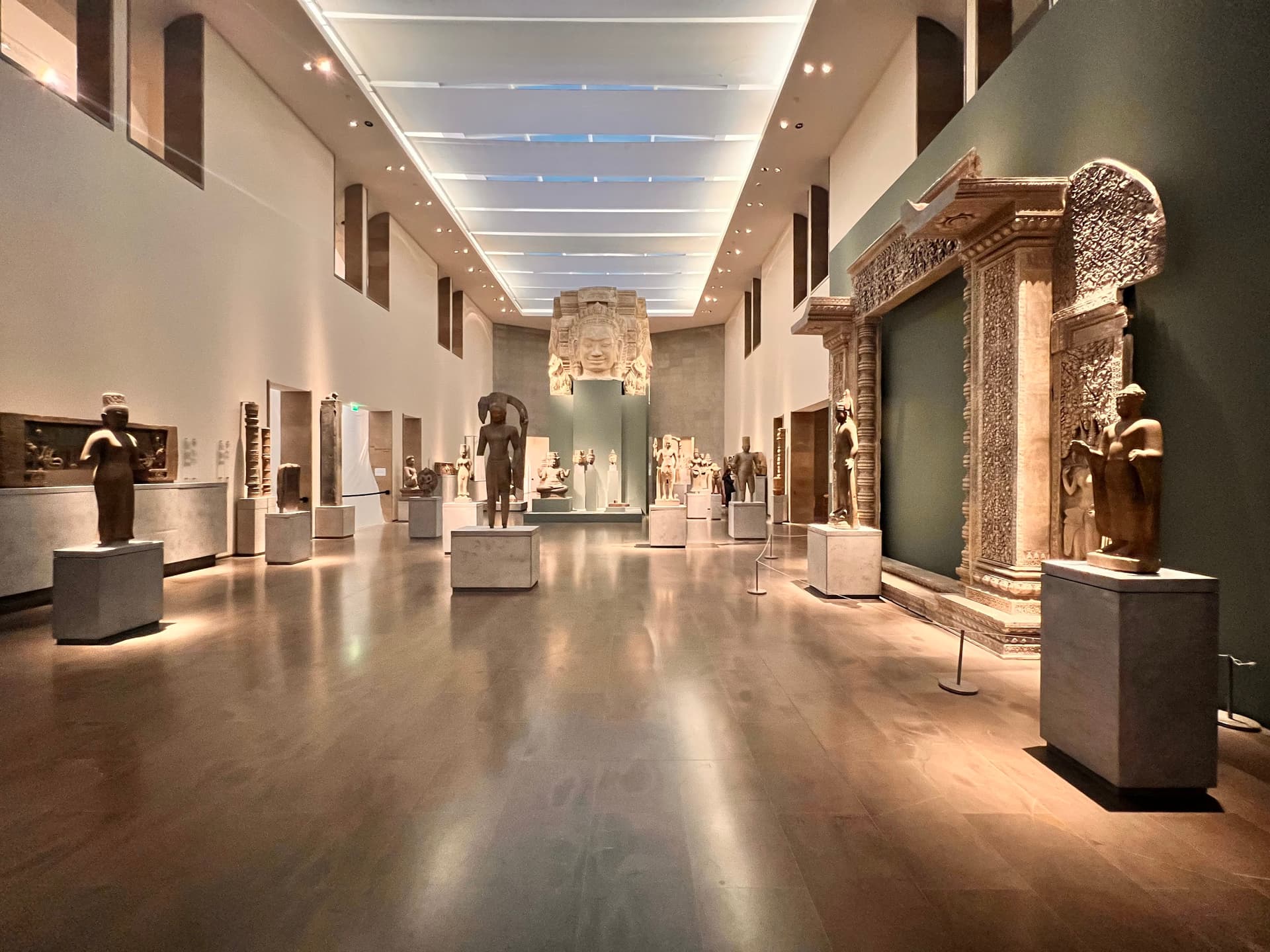Audio GuideGuimet Museum
Musée national des arts asiatiques - Guimet
Huge Asian art collections, with Afghan Buddhas & Tibetan pieces, housed in a 19th-century building.
The Musée national des arts asiatiques - Guimet in Paris offers a compelling exploration of Asian art and cultural heritage. Founded by the enterprising Émile Guimet in the late nineteenth century, it originated as his private collection gathered during his extensive travels. Initially opened in Lyon, the museum relocated to its permanent site at six Place d’Iéna in the sixteenth arrondissement of Paris in nineteen sixteen. Today, it operates as a national museum under the Service des musées de France.
Housed in a stunning nineteenth-century building, the museum's façade, roofs, and sections of its library are classified as historic monuments. A significant renovation between the mid-nineties and the early years of the two thousands transformed it into a modern cultural hub, hosting temporary exhibitions, film retrospectives, concerts, and performances alongside its thoughtfully presented permanent exhibits.
Inside, visitors can explore galleries arranged by geographic region and artistic medium. The museum boasts impressive collections of Chinese art spanning thousands of years, exquisite Southeast Asian statues and decorative items, intricate Indian sculptures and miniatures, and a prestigious collection of Tibetan art. Items from Korea and Japan, including samurai artefacts and theatre masks, further enhance the experience.
Noteworthy highlights include Gandhara and Greco-Buddhist sculptures, Hellenistic decorative elements from northern Afghanistan, and valuable works from places like Borobudur, Khmer temples, and Ai-Khanoum. The rotating Jean and Krishnā Riboud collection of textiles and objets d’art, along with an extensive photographic archive, provide unique insights into the museum's offerings.
The museum plays a crucial role in preserving Asia’s rich cultural and religious traditions. Recent discussions on naming practices remind us that museums are dynamic entities, continually engaging with history and identity.




